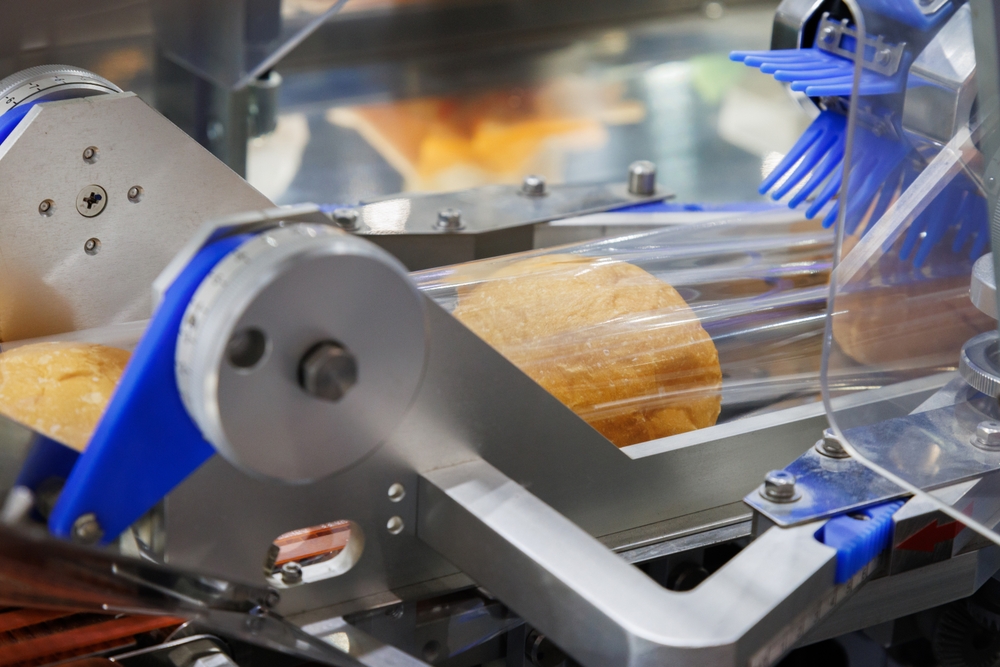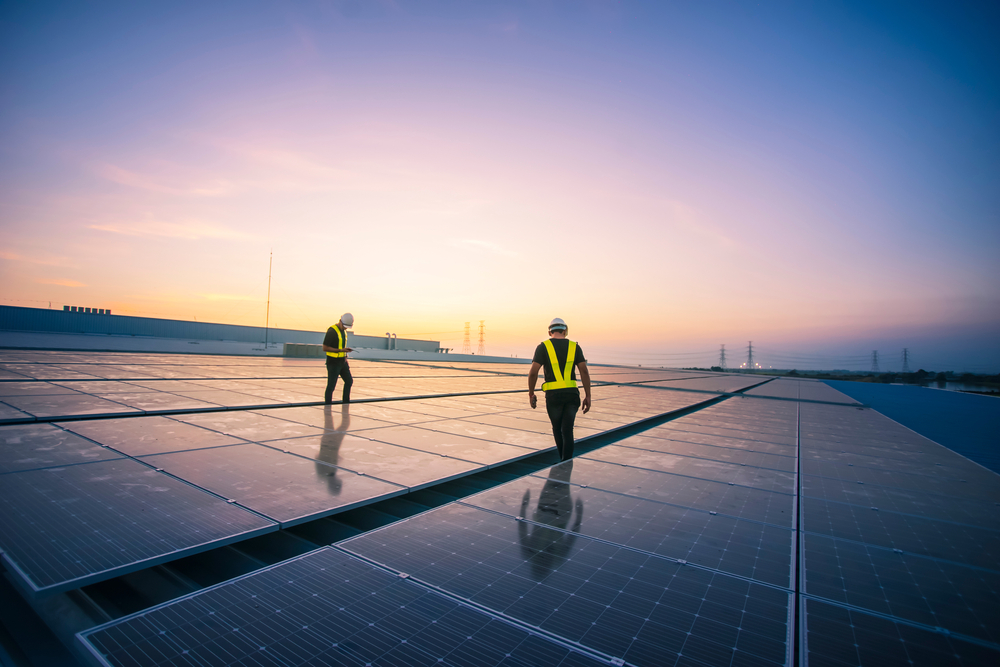"Steel supply in the future 2029"

Steel stands as the backbone of numerous industries, from construction and buildings to vehicles and appliances. Its unmatched characteristics of durability, versatility and recyclability make it a material of choice for societies around the world. However, as we peer into the not-so-distant future, the supply of steel faces a turning point, heralded by technological, environmental, and political factors.
A Glimpse at the Global Steel Industry
The global steel market is vast, propelled by a demand that extends from the developed countries to the high-growth economies. It is a market that is evolving, subjected to myriad forces including technological advancements, changing trade policies, and supply chain transformations. In 2021, World Steel Association figures put the global steel demand at an astonishing 1.874 billion tonnes, illustrating the immense scale of the industry and its importance to economic growth and development.
The layout of the steel supply chain is also transforming. Traditional powerhouses like China and the US are facing increased competition from emerging markets like India and Brazil. And even within these traditional powerhouses, steel production methods are becoming more localized as companies look to cut emission levels and reduce transportation costs.
Innovations in Steel Production
The steel industry and technology are becoming increasingly intertwined. Innovative developments in AI, machine learning, and big data are enabling companies to minimize their environmental footprint, increase output, and reduce costs. As more organizations understand the benefits of adopting these technologies, the landscape of the steel supply chain is set to change dramatically.
For instance, smart factories equipped with cutting-edge digitization and automation processes are becoming a reality. These facilities can produce steel more efficiently and accurately, reducing waste and increasing the quality of the finished product. Adoption of clean energy sources in steel production is also expected to skyrocket, as companies strive to meet climate goals and public expectations for environmentally friendly operations.
The Role of Policy in Steel Availability
Government policies can profoundly impact steel supply. Decisions on tariffs, import and export restrictions, and environmental regulations can either facilitate or obstruct the flow of steel across national borders. As nations strive to protect their domestic industries, global steel supply could face disparities and fluctuations.
However, policy can also drive innovation and sustainable practices in the steel industry. Governments can provide incentives for companies to invest in cleaner, more efficient steel production methods. Moreover, policy can encourage cross-border collaborations, contributing to a more coordinated and resilient global steel supply chain.
Sustainability and Recyclability in Steel
Steel is one of the most recycled materials on our planet, contributing significantly to its sustainability. Over 85% of all steel products are recycled at end-of-life, cutting down the need for raw material extraction. This high recyclability rate positions steel as an attractive option for sectors prioritizing circular economy principles.
Still, a significant challenge remains in reducing carbon emissions in the steelmaking process. However, companies are doubling down on efforts to create 'green steel' through hydrogen-based steelmaking technology. If successfully scaled up, green steel could revolutionize the steel supply chain, firmly establishing steel as a material of the future.
The Changing Landscape of Steel Demand
Emerging trends in sectors such as construction, automotive, and renewable energy are creating new demand patterns for steel, which will significantly shape the future of steel supply. For instance, the ongoing global transition towards renewable energy is likely to spike demand for specific steel products.
Moreover, the rapid urbanization in developing countries is expected to keep pushing the demand for steel in infrastructure development. On the other hand, technological advancements might induce a shift in demand towards high-strength, lightweight steel grades. The future steel supply chain must be resilient and flexible enough to accommodate these changing demands.
In conclusion, the future of steel supply will be defined by how effectively the industry can navigate through the evolving technological, environmental, and policy landscapes. Whether it's through innovation in steel production, enactment of supportive policies, or the embracing sustainability principles, it's clear that steel supply has an exciting future ahead. However, to achieve this, stakeholders must join hands to foster a shared vision for a more sustainable and resilient global steel supply chain.
""










